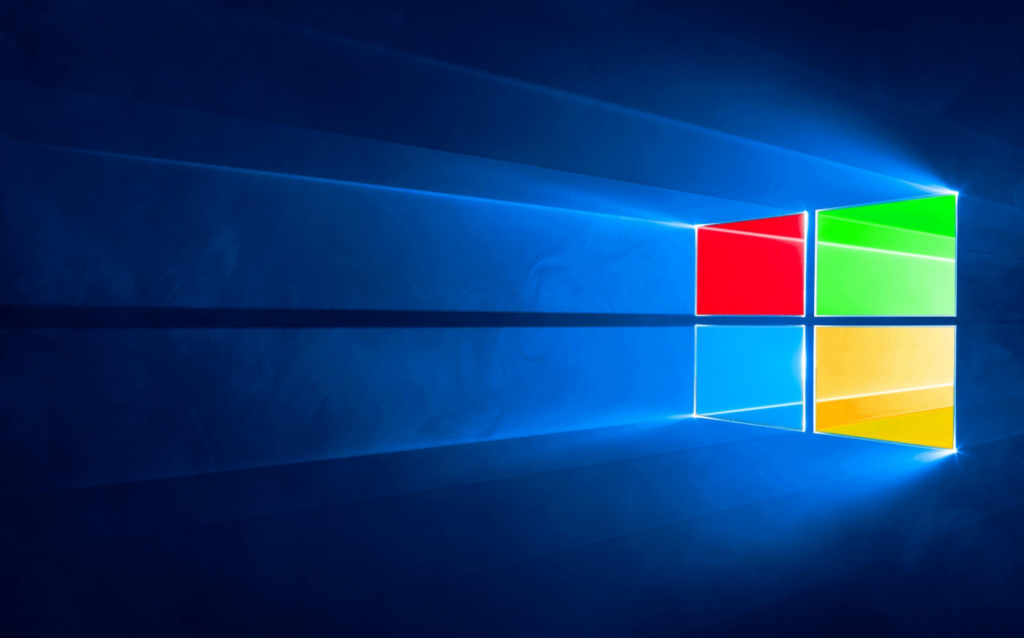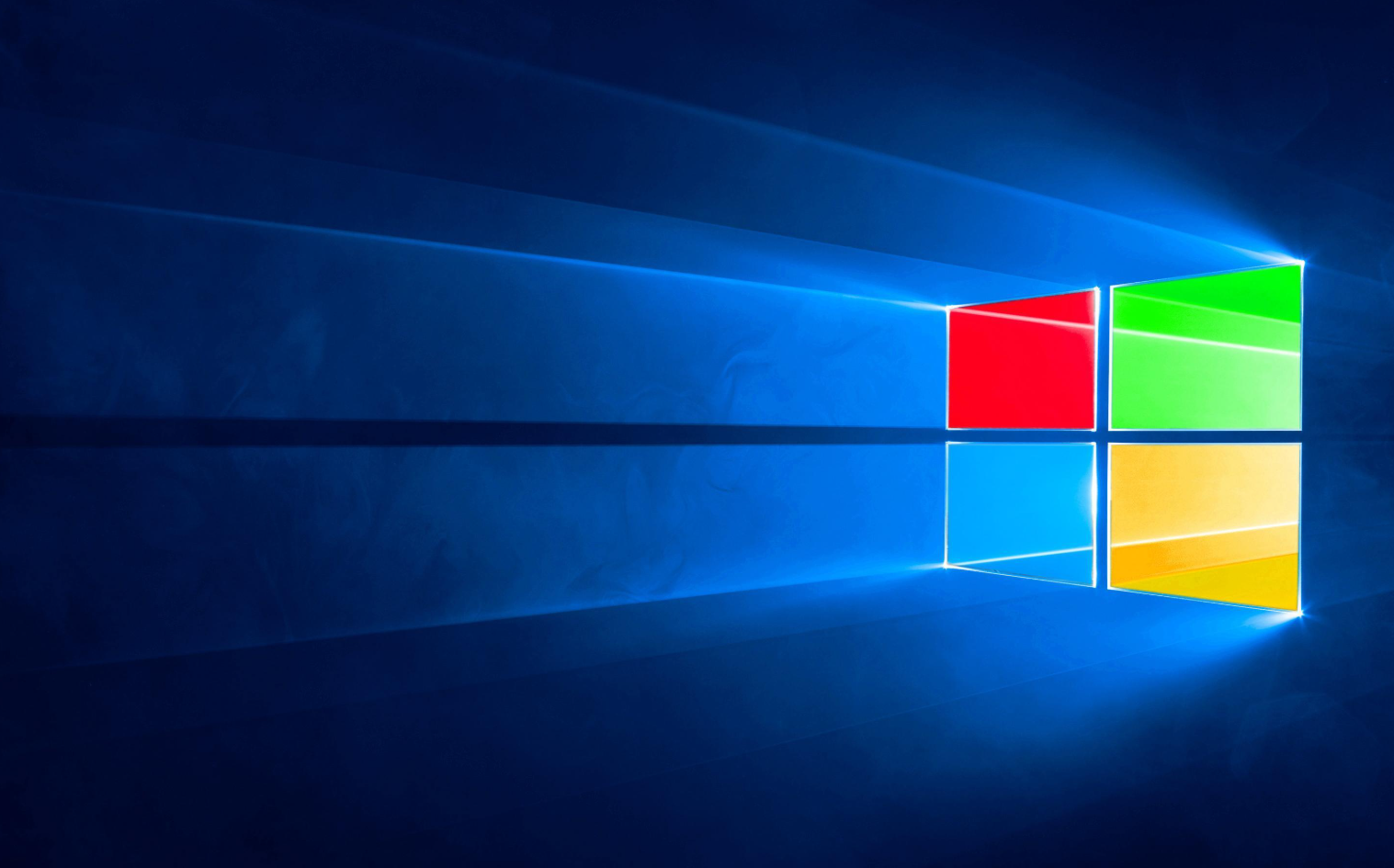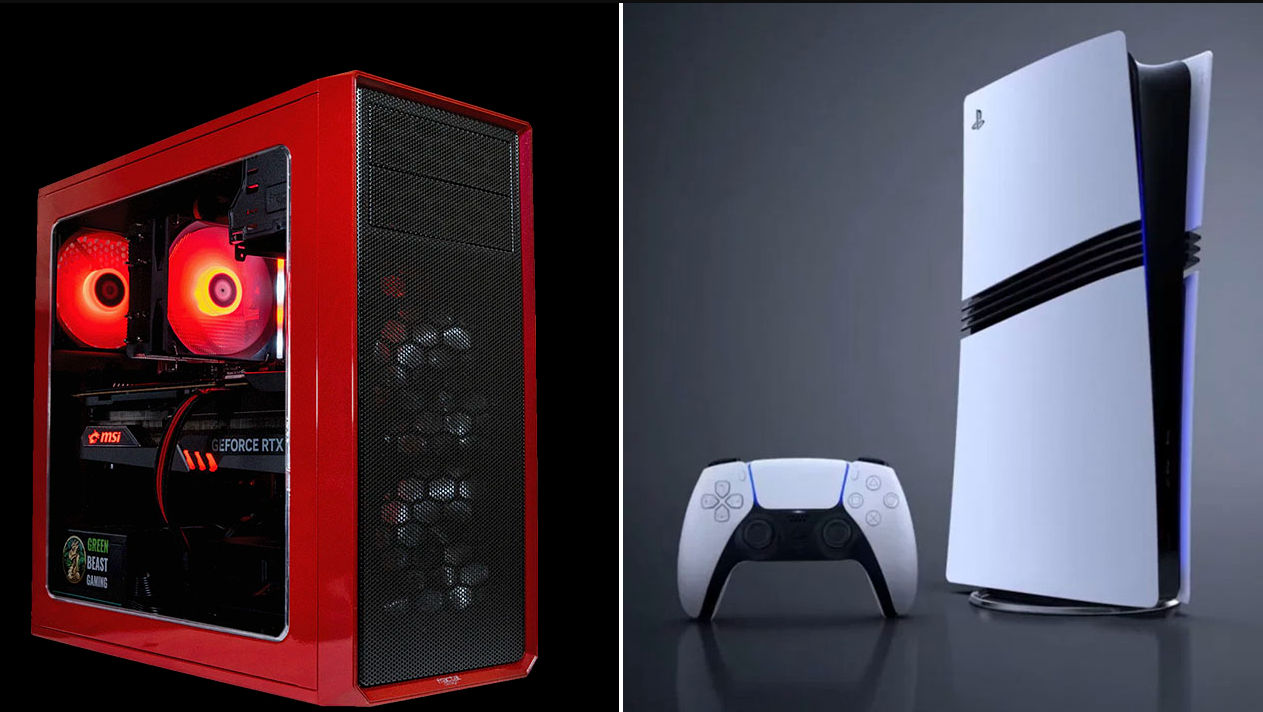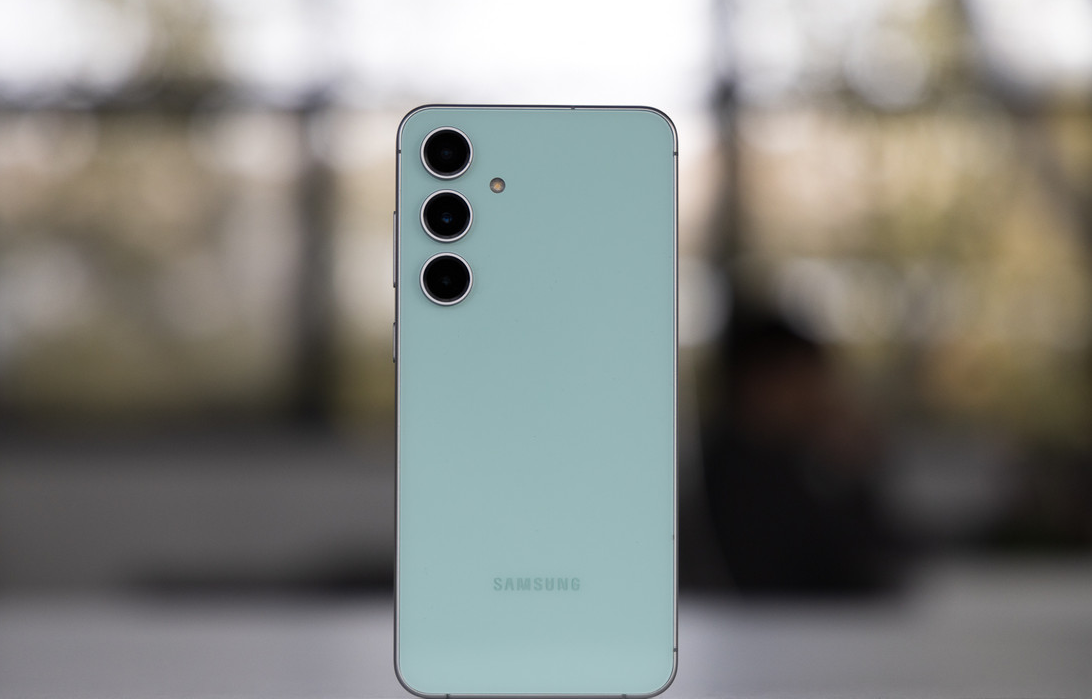The Windows operating system is a landmark product of Microsoft, which played a key role in popularizing personal computers around the world. Over its long history, Windows has undergone enormous changes, from a simple graphical shell to a powerful multifunctional platform that supports modern technologies. The history of Windows is a chronology of technical progress, changes in approaches to software development and adaptation to user needs.
Origins: The Birth of Windows 1.0
Windows history began in 1983, when Microsoft announced the development of a new graphical shell for the MS-DOS operating system. The first version, Windows 1.0, was released only in November 1985. The main goal was to simplify the user’s interaction with the computer by providing a graphical interface. This was a revolutionary step in the world of computing, which had previously been dominated by text interfaces.
Features of Windows 1.0:
- Support for basic windowed applications such as Paint, Notepad and Calculator.
- The ability to perform multiple tasks simultaneously with basic multitasking.
- Convenient work with a mouse, which was just beginning to become a standard input device.
Despite its innovative approach, Windows 1.0 was not a commercial success. Its functionality was limited, and developers and users were still tied to MS-DOS.
First Popularity: Windows 2.x
In 1987, Windows 2.0 was released, which became more functional and user-friendly. In this version:
- It is now possible to overlap windows.
- Hotkeys have been added to make control easier.
- Higher graphics performance was supported.
One of the factors in the popularity of this version was the emergence of the first major third-party programs, such as Excel and Word for Windows. These applications helped Windows to occupy a niche in the business environment.
The Turning Point: Windows 3.x
Windows 3.0, released in 1990, brought significant improvements in performance and graphics. Its predecessor, Windows 2.x, was targeted at a narrow audience, but Windows 3.0 became a mass product. Features:
- Support for 16-color graphics.
- Improved user interface.
- Support for virtual memory, which made it possible to run more resource-intensive programs.
In 1992, Microsoft released an updated version, Windows 3.1. It included support for TrueType fonts, which made it popular among designers and text editor users. It was Windows 3.x that gave Microsoft its leading position in the operating system market.
Windows 95: A New Era
The history of Windows took a sharp turn in August 1995, when Windows 95 was released. This version became a landmark event in the world of technology and brought many innovations:
- Taskbar and Start button have become key elements of the interface.
- Integration with the Internet, thanks to the inclusion of Internet Explorer.
- Support for FAT32 file system.
Windows 95 was a revolution, selling 7 million copies in its first 5 weeks. It made PCs easier to use, making them accessible to a wider audience. It laid the foundation for many modern interface solutions.
Development: Windows 98, ME and 2000
Windows 98 (1998):
- Improvements in working with multimedia.
- Support for USB devices.
- Introducing the Active Desktop feature, which allows you to integrate web content elements directly into your desktop.
Windows ME (Millennium Edition, 2000):
- Focus on the home user.
- System restore function.
- However, due to frequent crashes, this version received a lot of criticism.
Windows 2000:
- It was created for business and was based on NT technology.
- Improved reliability and safety.
The XP Era: Versatility and Success
Windows XP, released in 2001, has become one of the most successful versions in the history of the Windows operating system. Its key features include:
- Unification of the interface for home and corporate users.
- Improved performance.
- Support for new technologies such as wireless networks.
This version was so popular that its support lasted until 2014. The history of Windows OS will remember XP as one of the most stable and convenient systems.
Vista’s Difficulties and Windows 7’s Triumph
In 2007, Microsoft released Windows Vista. It offered a new interface and improved security, but faced criticism for its high system requirements. This led to a decrease in user confidence.
Windows 7, released in 2009, was a rehabilitative experience. It featured:
- High performance.
- Improved hardware compatibility.
- Simple and clear interface.
Windows 7 quickly gained popularity, becoming the basis for millions of devices around the world.
Modernity: Windows 8, 10 and 11
Windows 8 (2012) was Microsoft’s attempt to adapt to the growing tablet market. The system offered:
- New Metro interface with tiled design.
- App store.
- Support for touch control.
However, the removal of the Start button caused discontent among users.
Windows 10 (2015) was the first step in the concept of “Windows as a service.” The system received:
- The return of the “Start” button.
- Regular updates and improvements.
- Unique features such as Cortana voice assistant.
The history of Windows 10 versions includes updates that have made it one of the most reliable and functional systems in the lineup.
List of Windows 10 versions:
- Initial Release (2015): basic functionality.
- Anniversary Update (2016): performance improvement.
- Fall Creators Update (2017): emphasis on multimedia.
- May 2020 Update: interface improvement.
Windows 11(2021) proposed a new approach:
- Minimalistic design.
- Integration with Android applications.
- Improved multitasking.
Windows history is a dynamic development of technologies and adaptation to the needs of users. The Windows timeline demonstrates how the operating system has transformed from a graphical shell into a powerful ecosystem. The history of Windows 10 and its successor, Windows 11, shows Microsoft’s desire to innovate and create a universal product for all areas of life.
Buying a new Windows will be even more enjoyable thanks to savings with reBITme. Enjoy your purchase!





